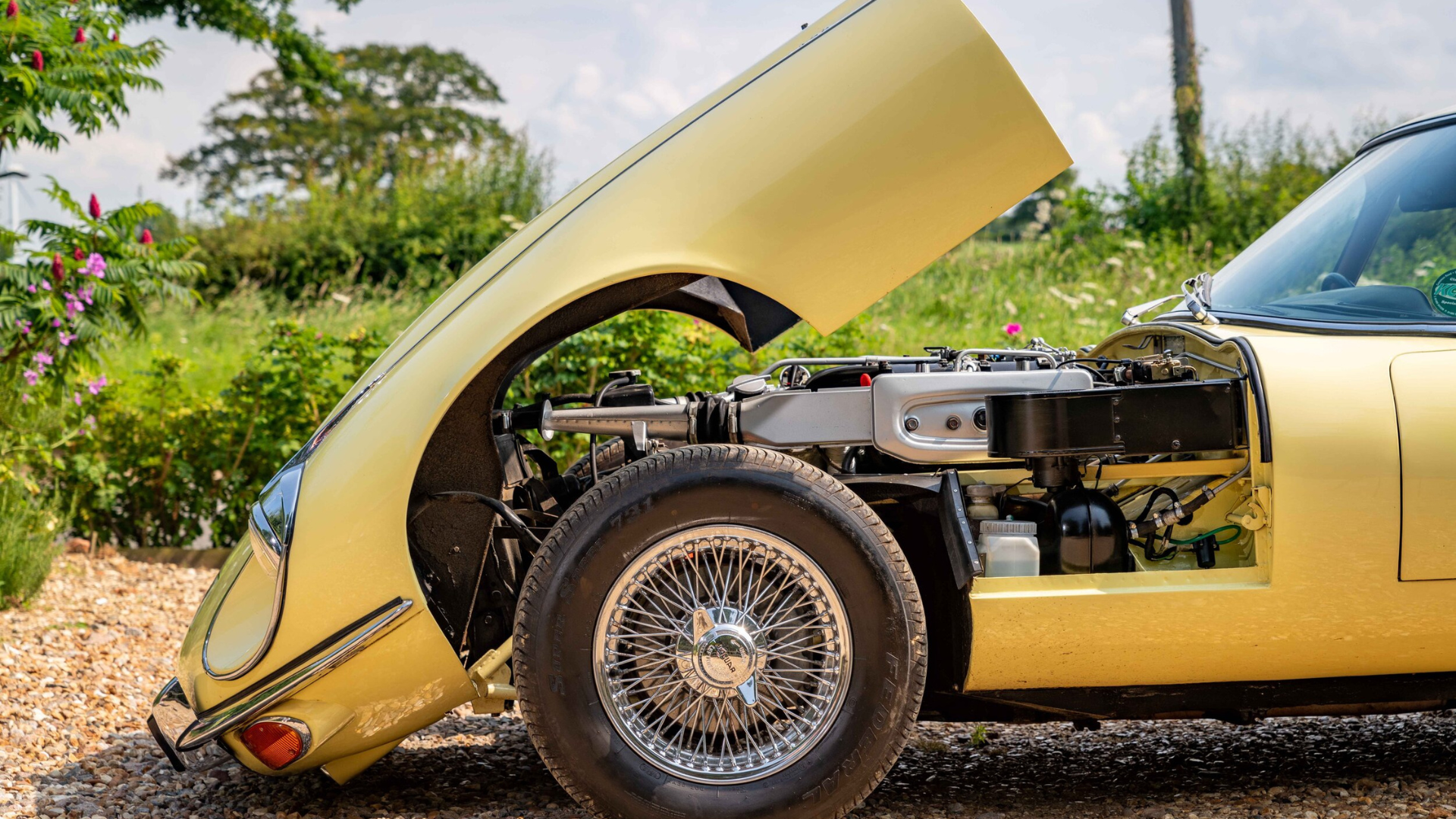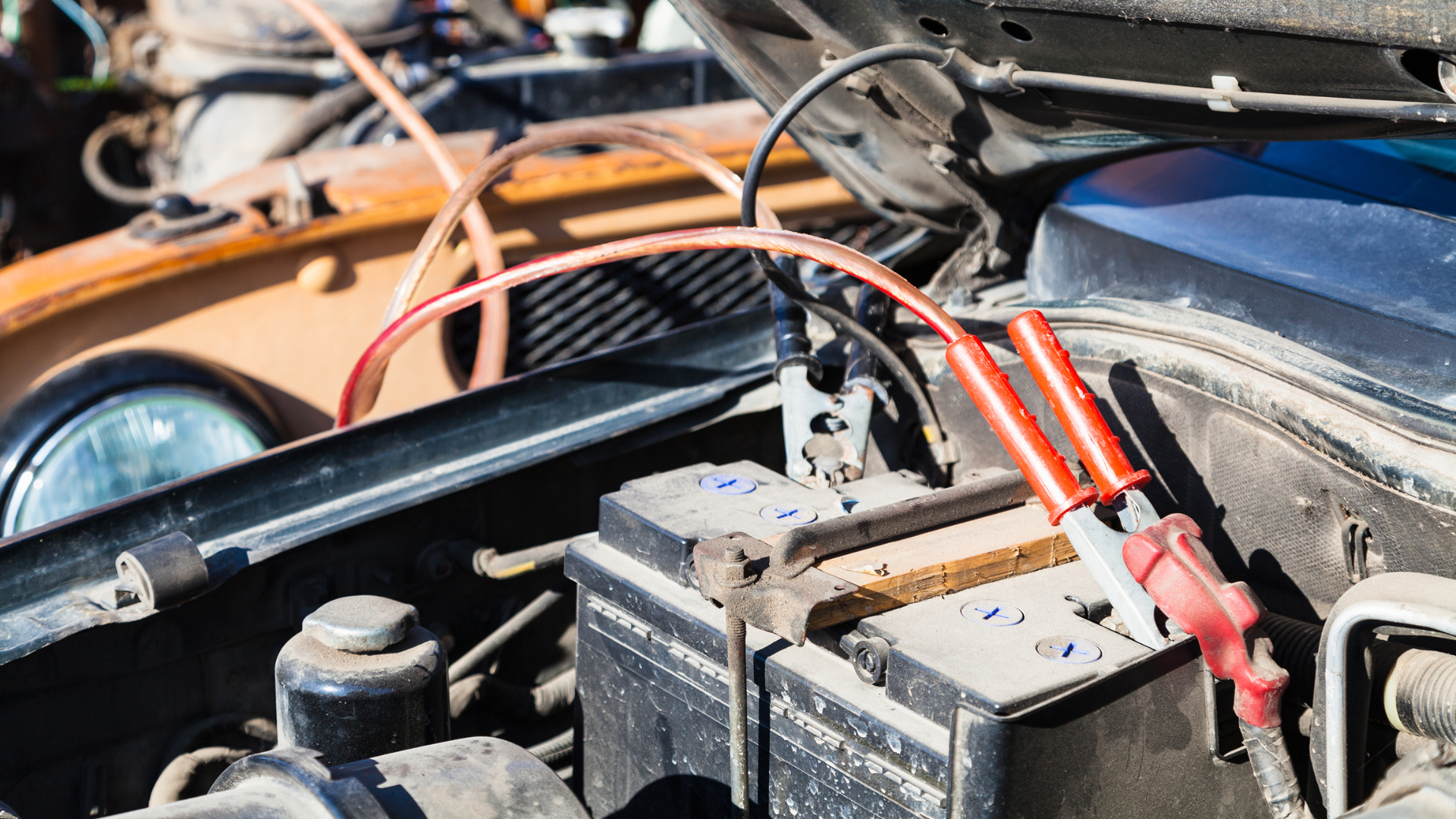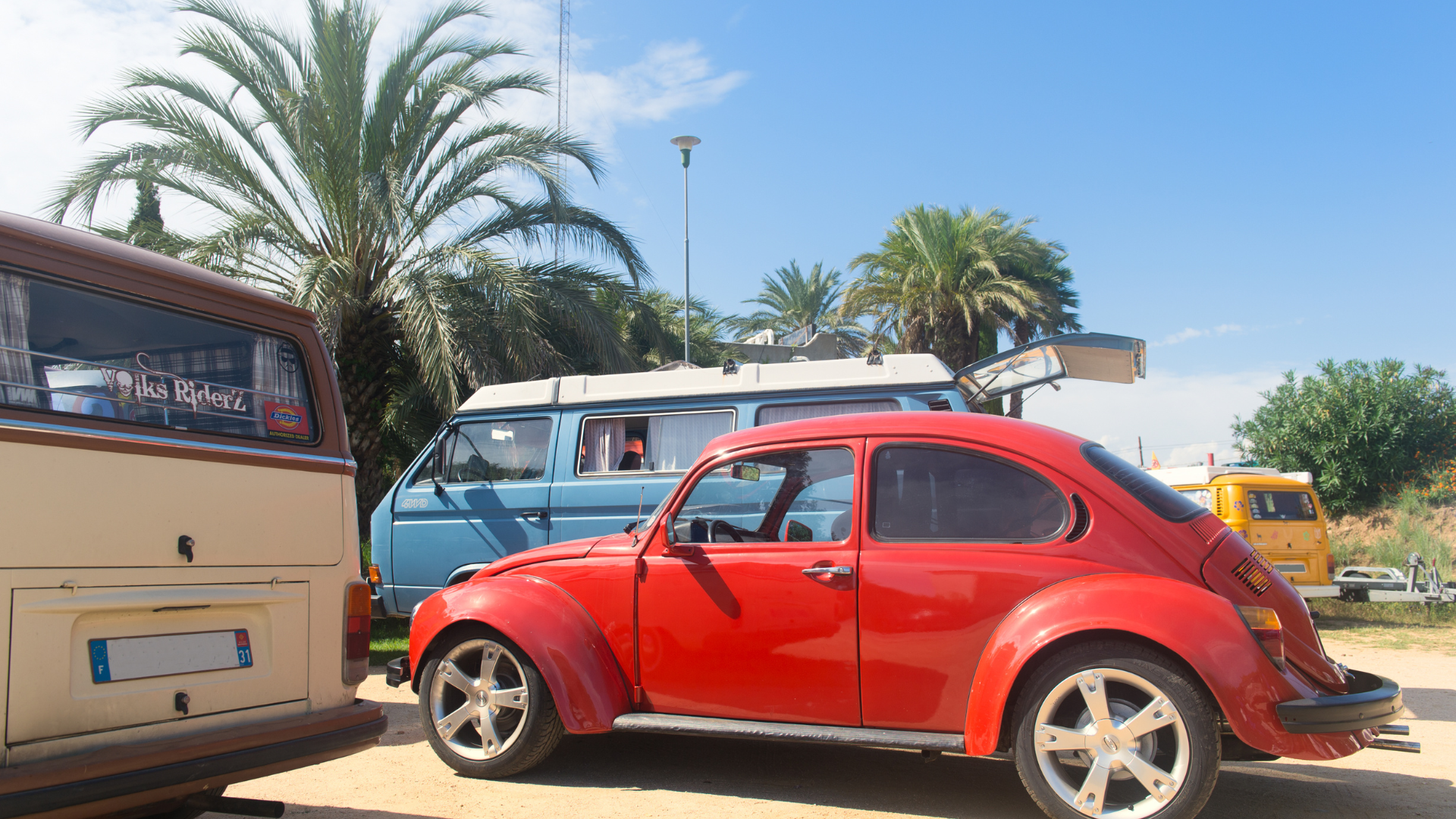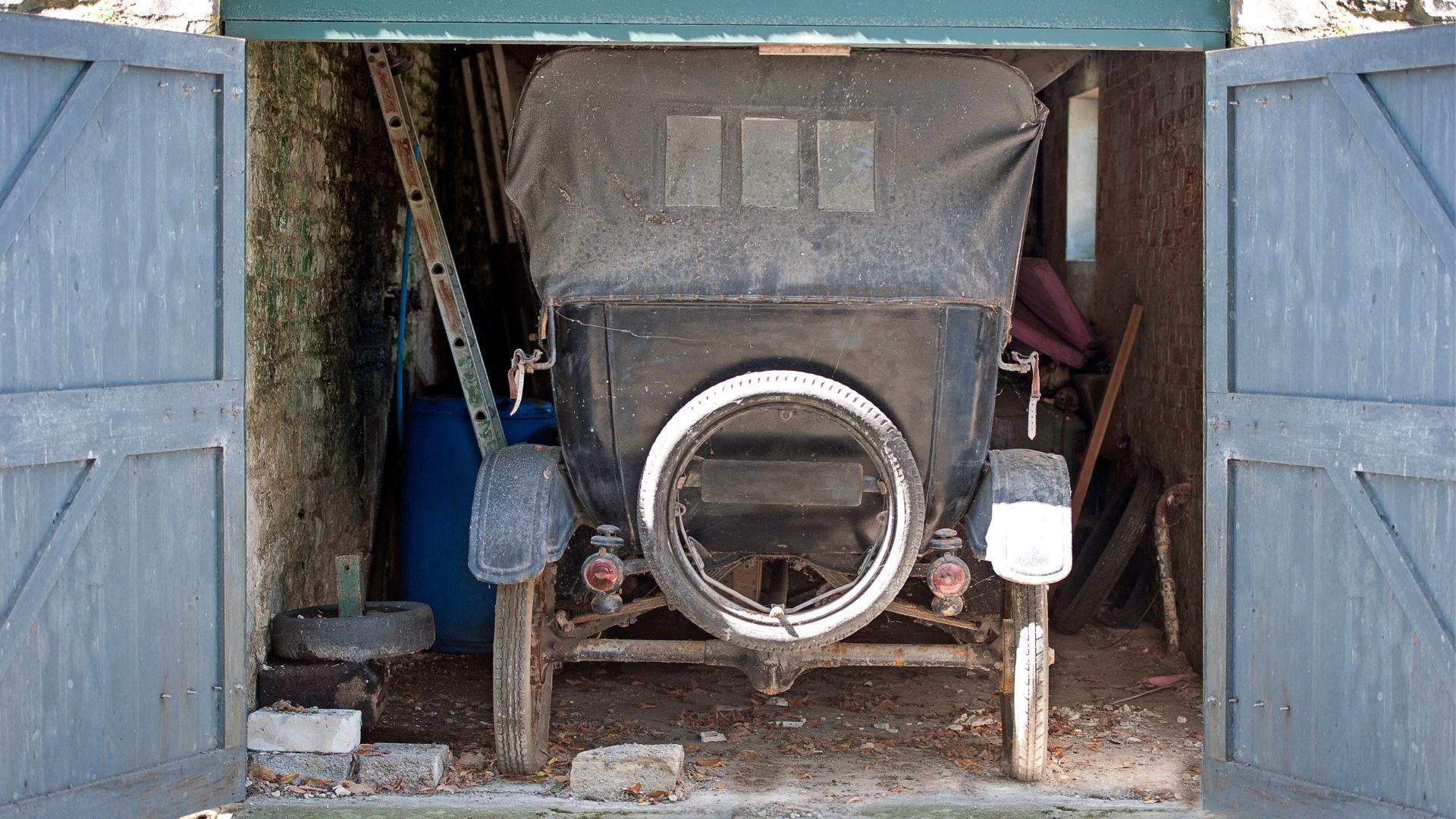When it comes to tyres, the debate between cross-ply and radial designs has been around for decades. Understanding the differences between these two types is crucial for classic car enthusiasts, as your choice can significantly impact the car’s performance, comfort, and even fuel costs.
Let’s take a closer look at what sets cross-ply and radial tyres apart, and why radial tyres might just save you money in the long run.
What are Cross-Ply Tyres?
Cross-ply tyres, also known as bias-ply tyres, have been around since the late 19th century. Their construction involves internal cords (typically made of nylon) arranged diagonally at a 45-degree angle to the tyre’s centre line, with each layer crisscrossing the one below it. This design gives the tyre its name and creates a rigid sidewall.
The stiff sidewalls offer durability and resistance to sidewall damage, making them well-suited for the rough, uneven roads of the past. This was particularly advantageous in the early days of motoring when potholes and poorly maintained roads were the norm. However, while durable, this rigidity results in a harsher ride and reduced grip, especially at higher speeds.
What are Radial Tyres?
Commercially introduced by Michelin in 1946, radial tyres completely revolutionised the tyre industry. In radial tyres, the internal cords run perpendicular (at a 90-degree angle) to the direction of travel, from bead to bead. These cords are then reinforced with steel belts beneath the tread, creating a tyre with flexible sidewalls and a strong, durable tread area.
This innovative design brings several advantages:
- Improved Handling: The flexible sidewalls allow the tread to remain in better contact with the road, which enhances grip and overall handling, particularly in corners.
- Increased Comfort: The flexibility of radial tyres means they absorb road imperfections more effectively, resulting in a smoother and more comfortable ride.
- Superior Longevity: The steel belts help to dissipate heat, reducing wear and extending the life of the tyre.
What are the Key Differences Between Cross-Ply and Radial Tyres?
- Construction:
- Cross-Ply: Diagonal crisscrossing layers of cords create stiff sidewalls.
- Radial: Perpendicular cords and steel belts result in flexible sidewalls and a durable tread area.
- Performance:
- Cross-Ply: Offers durability but provides a harsher ride and less traction at higher speeds.
- Radial: Ensures better road contact, improved handling, and a smoother driving experience.
- Durability:
- Cross-Ply: Resistant to sidewall damage but prone to faster tread wear due to heat buildup.
- Radial: Steel belts help dissipate heat, reducing wear and increasing the tyre’s lifespan.
- Fuel Efficiency:
- Cross-Ply: Higher rolling resistance increases fuel consumption.
- Radial: Lower rolling resistance improves fuel efficiency, making radial tyres more economical for regular use.
The Money-Saving Benefits of Radial Tyres
One of the standout advantages of radial tyres is their ability to save you money over time. Thanks to their lower rolling resistance, radial tyres require less energy to move the car forward. This translates directly to better fuel economy, which is particularly noticeable on long journeys.
Additionally, radials last longer due to their superior heat dissipation and tread wear characteristics. While they may have a higher initial purchase cost than cross-ply tyres, the extended lifespan and improved fuel efficiency more than make up for it in the long run.
For those who regularly drive their classic cars—or for those looking to cut down on running costs—radials are a wise investment that combines modern performance with cost-effectiveness.
Which Tyres Are Right for Your Classic Car?
If you’re a stickler for authenticity and want to keep your classic car as period-correct as possible, cross-ply tyres may be the way to go. Their nostalgic charm and traditional design are ideal for car shows or maintaining historical accuracy.
However, if you’re planning to drive your classic regularly, radial tyres offer significant benefits. From improved safety and better handling to a smoother ride and reduced fuel costs, radial tyres make driving your vintage vehicle a more enjoyable and practical experience.
It’s worth noting that mixing cross-ply and radial rubbers on the same vehicle is a big no-no. The differing handling characteristics can lead to unpredictable behaviour, compromising both safety and performance.
In Conclusion
While cross-ply tyres hold a timeless appeal for purists, radial tyres are the clear winner when it comes to performance, comfort, and cost-effectiveness. The decision ultimately depends on how you intend to use your vehicle—whether for show or regular driving. For those who value modern convenience without sacrificing the charm of a classic car, radial tyres are an excellent choice.
So, whether you’re taking your classic car out for a leisurely drive or clocking up some serious miles, understanding the difference between cross-ply and radial tyres ensures you’ll always make the right choice for your needs. And if you’re looking to save a few quid on fuel, radial tyres might just be your new best friend on the road!







Leave A Comment